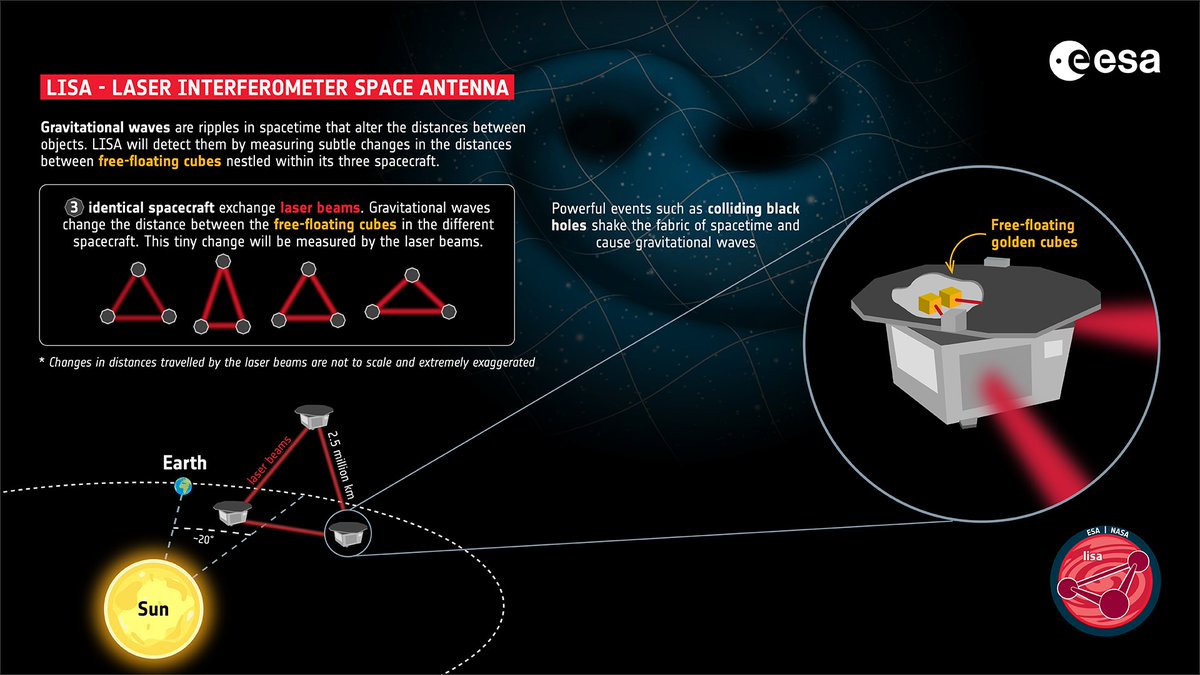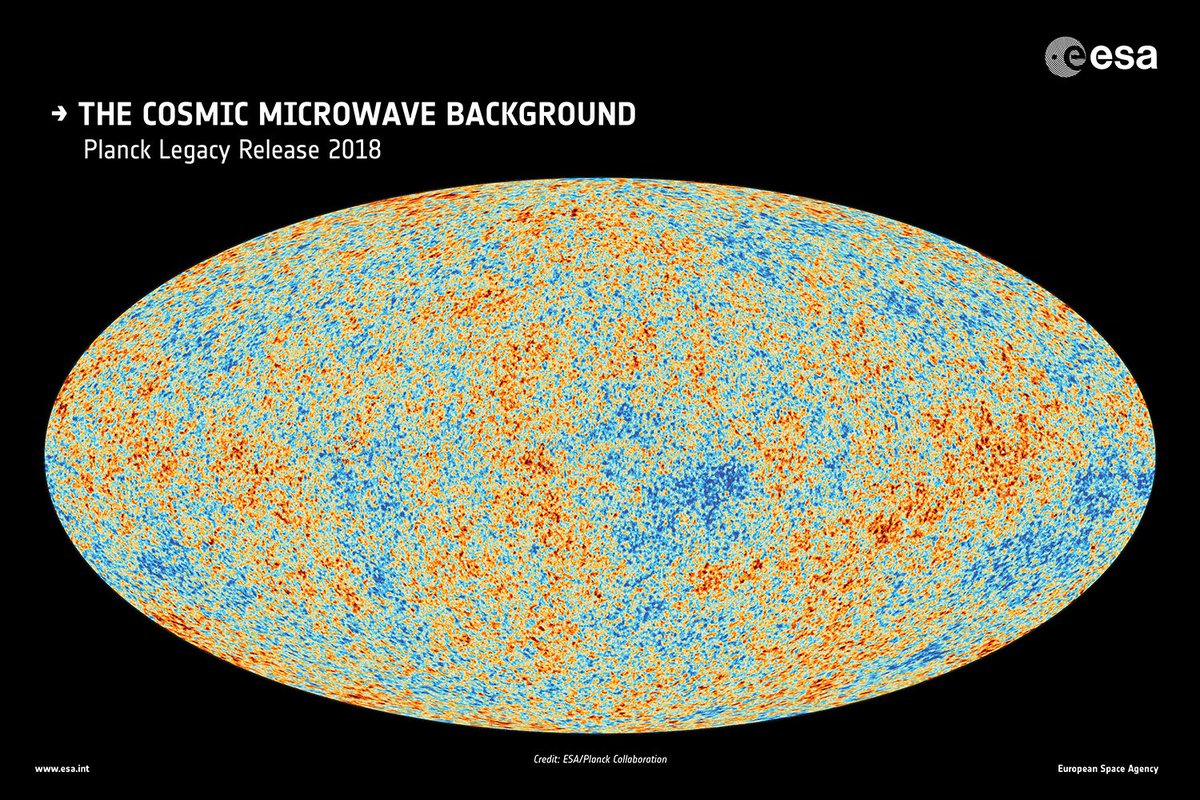
Science @ the European Space Agency, keeping you posted on European space science activities
How to get URL link on X (Twitter) App



 Capturing ripples in spacetime
Capturing ripples in spacetime

 A mystery remains about the object that exploded to create the GRB. Astronomers used @ESA_Webb and @HUBBLE_space to look for the aftermath of the explosion, and found... nothing.
A mystery remains about the object that exploded to create the GRB. Astronomers used @ESA_Webb and @HUBBLE_space to look for the aftermath of the explosion, and found... nothing.

https://twitter.com/peachastro/status/1256870894057787392

 @ESA_TGO @esa @NASA @isro @roscosmos Did you know there is a telecommunications network at #Mars? Orbiters relay commands and send #science data from landers & rovers back to #Earth. Our #ExoMars @ESA_TGO is a key provider of data relay services!🔴〰️🛰〰️🌍 #ExploreFarther
@ESA_TGO @esa @NASA @isro @roscosmos Did you know there is a telecommunications network at #Mars? Orbiters relay commands and send #science data from landers & rovers back to #Earth. Our #ExoMars @ESA_TGO is a key provider of data relay services!🔴〰️🛰〰️🌍 #ExploreFarther 

 Our @ESA_TGO is part one of the joint @esa @roscosmos #ExoMars programme. Coming soon is @ESA_MarsRover, set for launch in 2020 and landing on #Mars in 2021 in a quest to look for evidence for life buried underground. esa.int/exomars #ScienceAtESA #Space19Plus
Our @ESA_TGO is part one of the joint @esa @roscosmos #ExoMars programme. Coming soon is @ESA_MarsRover, set for launch in 2020 and landing on #Mars in 2021 in a quest to look for evidence for life buried underground. esa.int/exomars #ScienceAtESA #Space19Plus

 #BepiColombo is a collaboration between @ESA and @JAXA_en to explore the innermost planet in our Solar System. For a primer on #Mercury and the mission, here's a useful thread 👇
#BepiColombo is a collaboration between @ESA and @JAXA_en to explore the innermost planet in our Solar System. For a primer on #Mercury and the mission, here's a useful thread 👇 https://twitter.com/esascience/status/1052961305827651584

 We know from orbiters, landers & rovers that #Mars had a wet past, with its vast dried out river channels & minerals that can only form in liquid #water, but it is not stable on the surface anymore, so scientists are looking underground…
We know from orbiters, landers & rovers that #Mars had a wet past, with its vast dried out river channels & minerals that can only form in liquid #water, but it is not stable on the surface anymore, so scientists are looking underground… 

 Planck scanned the sky between 2009 and 2013 to observe the Cosmic Microwave Background, or #CMB, which is the most ancient light in the history of our Universe, emitted only 400,000 years after the Big Bang, and hidden beneath the microwave emission of our Milky Way galaxy
Planck scanned the sky between 2009 and 2013 to observe the Cosmic Microwave Background, or #CMB, which is the most ancient light in the history of our Universe, emitted only 400,000 years after the Big Bang, and hidden beneath the microwave emission of our Milky Way galaxy